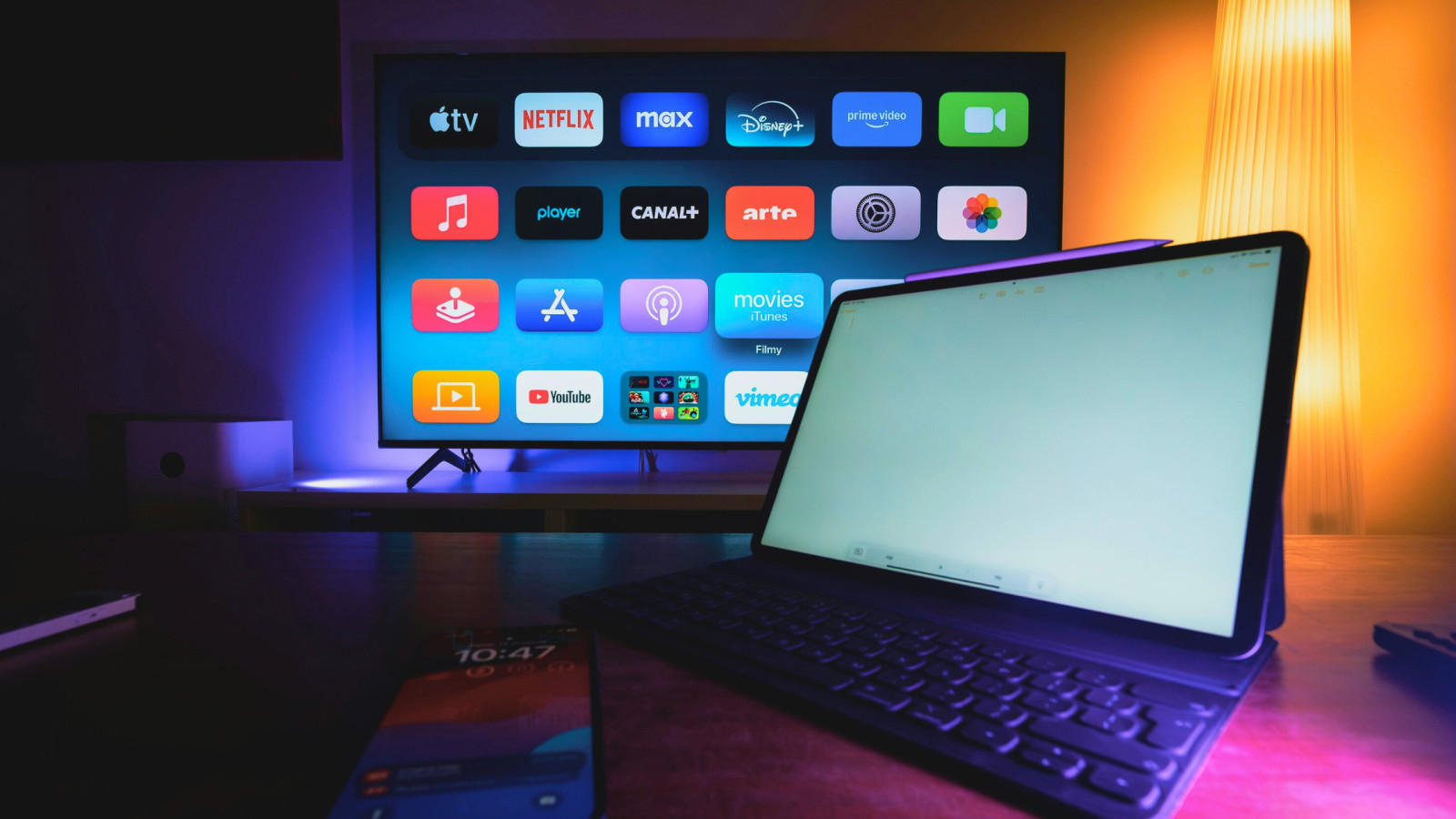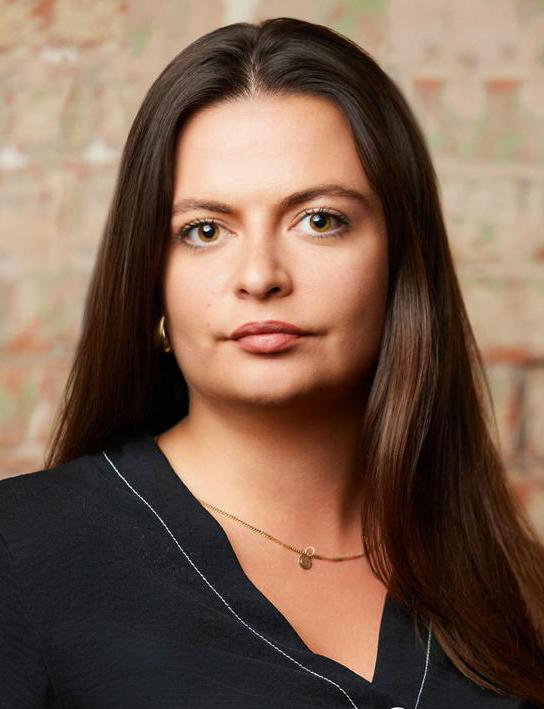What to do when the medium loses meaning

Photo: Jakub Żerdzicki

We are living through a peculiar moment in media evolution, where the traditional categories used to organising content – TV, radio, podcast, film – are collapsing under their own weight. Not because they are obsolete, but because they do not reflect how audiences are consuming media. Curiously, it seems the more platforms we create, the less the platforms seem to matter.
Consider the state of obscurity of our media landscape. Netflix, a company synonymous with streaming, will branch into linear in France in 2026. LadBible’s Minutes With, born as a slightly chaotic Facebook short-form video, is now one of the most popular podcasts in the UK. Even the most legacy of audio productions, BBC’s The Archers, exists in multiple formats simultaneously, traditionally as a live radio drama, an on-demand catch-up, and as meta-commentary about itself. A kind of audio mise en abyme.
Audience behaviour in the post-format era
The driver of this transformation comes from fundamentally changed audience expectations. Younger demographics demonstrate indifference to medium distinctions. For Gen Z and Alpha audiences, content exists on a spectrum of engagement rather than in platform silos. A true crime story holds value whether consumed as a YouTube documentary, narrative podcast, or streaming drama – the container matters far less than the substance.
The risks of homogenisation
Yet this convergence contains an inherent tension. As content becomes platform-agnostic, there is a risk that nothing stands out in the entertainment landscape. The very fluidity that empowers creators today may constrain them tomorrow if everything must be everything to everyone.
The danger is not format collapse, but a loss of distinctiveness. When social platforms, podcasts, and TV all start to look and feel the same, the unique strengths each format once offered are lost.
Featured Report
MIDiA Research 2026 predictions Change is the constant
Welcome to the 11th edition of MIDiA’s annual predictions report. The world has changed a lot since our inaugural 2016 edition. The core predictions in that report (video will eat the world, messaging apps will accelerate) are now foundational layers of today’s digital economy.
Find out more…Strategic imperatives for content creators
This presents both opportunity and challenge for content creators. The most successful platforms will develop properties with inherent adaptability, beginning with core narratives rather than delivery mechanisms. The approach will focus on identifying the essential message, then determine the most effective presentation styles before finally adapting across platforms without losing core identity.
However, what if this convergence is not permanent? Historically, media evolution follows pendulum swings rather than linear progression. Streaming was supposed to lead to the end of linear, yet FAST channels are all the rage. Digital dominance was meant to kill print, yet we are witnessing an analogue revival. Podcasting was declared radio’s successor, yet, as MIDiA has previously shown, radio is alive and well.
The enduring value of specialisation
While the current landscape rewards format fluidity, there remains value in formats that understand and leverage their unique strengths. Audio content, for instance, maintains distinct advantages in an increasingly screen-saturated world. The intimacy of voice, the freedom to listen while doing other things – these are qualities video cannot replicate.
The same applies elsewhere. Not everything needs to be a YouTube video or a TikTok clip. Some stories work best as long-form articles; others thrive as audio only. The mistake would be forcing everything into the same saturated mould.
Navigating the transition
For those steering content strategy, several principles emerge. First, simultaneously embrace current fluidity and experiment across platforms while maintaining narrative integrity. Second, watch for signs of change. Audiences may eventually push back against homogenisation, craving more distinctive experiences again. Third, preserve what makes each format unique, even while adapting to convergence.
The organisations that will thrive are those that remain agile enough to ride this wave while retaining their core strengths. Those that recognise that a pendulum could very likely swing.
The future may not belong to those who make everything the same, but to those who remembered why different mediums were created in the first place.

The discussion around this post has not yet got started, be the first to add an opinion.